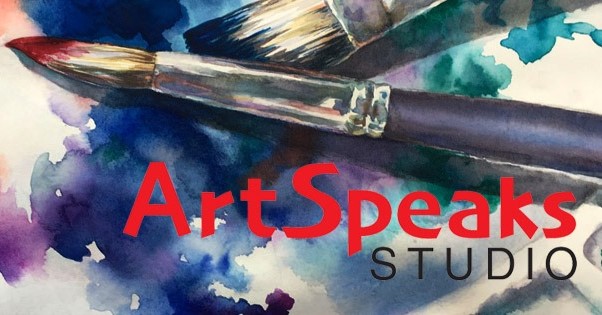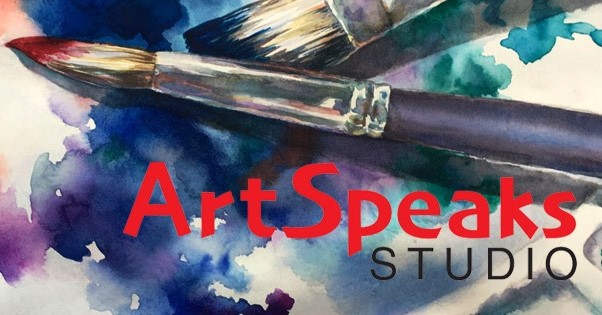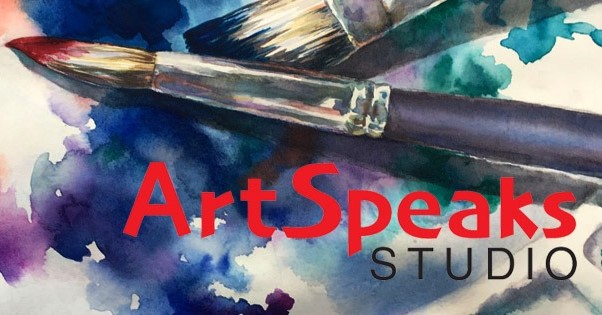The terms “transparent” and “opaque” refer to the way pigments cover the painting surface. All paints are formulated by suspending dry pigments in a binder. With oil paints the binder is oil and the solvent used to dilute the paints is turpentine. With acrylic paints the binder is acrylic, and the solvent is water, but the paints are permanent when they dry. With watercolor and gouache, the binder is gum arabic and the solvent is water, but the paints can be lifted using water once the paint is dry.
There are three water-based art mediums, Acrylic, Watercolor and Gouache. Acrylic paints can be opaque or transparent, but watercolor, by definition, is transparent and gouache is opaque watercolor.
With transparent paints, the particles of pigment suspended in the gum arabic allow the light that reaches the surface to pass between them so that it bounces back after hitting the white paper surface. This makes the color appear luminous. With opaque paints the particles cover the surface of the painting and the light cannot pass through so layers underneath are hidden.
Gouache paints are opaque so all the colors sit on the surface which creates a matte appearance rather than the transparency of watercolors. With gouache, paints are often mixed with chalk and white and black paints are included.
Watercolors can be divided into three different classifications, staining, opaque, and transparent. By definition, all watercolor is transparent, but some are more transparent than others. Traditionally, to maintain the transparency of the surface, no white paint or black is used.
Instead, pigments are diluted with water to make them lighter and paints are applied around white shapes to maintain the white of the paper.
Both staining colors and transparent watercolors are transparent. The difference between them is the ease by which the paint can be lifted back off the surface once it is dry. A staining pigment sinks deeply into the fibers of the paper so that the paint is stained with color along with your palette and brushes. Transparent colors have less power because they do not stain the paper as staining colors do but they mix in a lovely way and lift easily.
Opaque watercolors are not opaque, but they are less transparent than the other pigments. The colors appear denser, so they are useful for creating a sense of weight in the painting. However, they also can appear muddy when mixed and layering them can look less luminous. To enliven a section of paint that looks muddy after it is dry, adding a layer of pure transparent pigment can make it more lively.
Mixing transparent colors with one another rather than with an overpowering staining color will yield luminous mixtures. Staining colors mixed together create rich transparent darks and neutrals. The paints may create those attractive granulating effects when opaque watercolors like Cerulean Blue and Cadmium Red are mixed together because the heavy pigments settle on the surface of the paper. How much the paint granulates depends upon the pigments, the temperature and humidity, and whether the paper is textured, but can be a nice addition to the texture of a painting.
Choosing the right pigments to mix and to layer on top of one another can make a big difference in the paint quality of your painting if you pay attention to whether the colors are transparent, staining, or opaque.
#OpaqueStainingTransparent, #TransparentWatercolor, #GranulatingWatercolor, #OpaqueWatercolor, #StainingWatercolor, #PaintQualityWatercolor, #MixingWatercolor
Watch the video at https://youtu.be/dxoQ5pwOObk






Comments